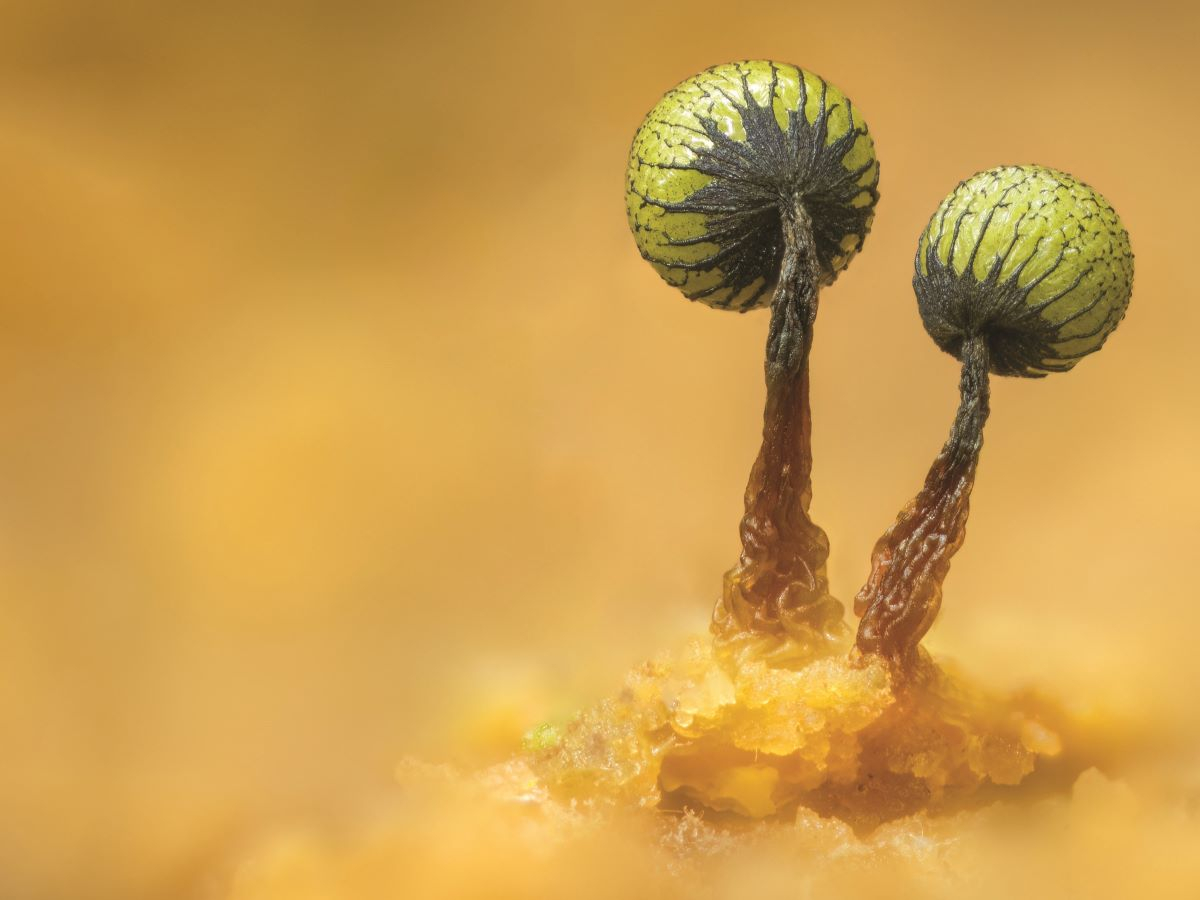This article is also available in Italian / Questo articolo è disponibile anche in inglese
How could we trump almost 4 billion years of research and development? Since the appearance of the earliest organisms – currently mapped to South Africa and Australia – Nature has constantly evolved, perfected, and complexified. While there is no standard theory on the origins of life, we do know what the first amino acids, ribosomes, and protein chains that mixed water, methane, sulphates, and hydrogen sulphide led to: a huge network of live entities, pursuing an uncertain equilibrium and tending towards self-reproduction. A world of organisms that followed a collective evolutionary process, historical, diachronic, and populational.
In each ecosystem, organisms – first plants, then animals – have developed in order to constantly adapt to the intricacies of their environment, from underwater volcanic cones to Arctic ice or desert sands, creating complex symbioses where one organism supports the life of many others; from mangroves to reedbeds, from corals to blue algae, and from oxpeckers to large mammals.
This, however, has not been the case for human evolution: with the advent of modernity and the great acceleration of anthropogenic transformation, human economy has drifted away from ecology – despite the common root oikos – and fallen under the unshakable positivism of technè. The hubris of reason led us to think that we could govern the forces of nature with man-made, artificial, technological solutions. In many cases, this caused the extinction of species that were essential for the ecosystems we need to survive.
“Today, we know that 75% of the land-based environments and about 66% of the marine environments have been significantly altered by human actions,” quotes Gianfranco Bologna, columnist for this issue of Renewable Matter. “More than a third of the world’s land surface and nearly 75% of freshwater resources are now devoted to crop or livestock production. Land degradation has reduced the productivity of 23% of the global land surface. The global biomass of mammals is now 60% cattle, sheep, goats, pigs, horses, and other livestock; 36% humans (consisting of over 8 billion people); and only 4% wild species, from blue whales to shrews.” In order to try and reverse such devastation, albeit partially, we should turn to solutions based entirely on Nature, working along with it to ensure the well-being of all living things.
This issue of Renewable Matter examines some of the Nature-based Solutions that can be adopted in the global economy, taking into consideration part of the vast amount of ecosystem services provided by this planet’s species. From soil regeneration to green infrastructure, from water sensitive forest management to sandbars protecting coastal ecosystems, this issue, co-authored with naturalist Valeria Barbi, provides an overview of how the concept of Nature-based Solutions is spreading and how they can offer scalable solutions in many areas of the economy. We spoke with economist Partha Dasgupta about the value of ecosystems, delved into the complex topic of rewilding, analysed Nature-based Solutions in architecture, discovered how to manage water resources without mega infrastructures, studied the role of NbS in climate change adaptation, and outlined new financial instruments such as biodiversity credits.
We believe that the issue of biodiversity and nature conservation is key to global economic and political stability. And we hope that Renewable Matter can once again make its small contribution to the debate on economic transition.
DOWLOAD AND READ THE NEW ISSUE OF RENEWABLE MATTER: NATURE-BASED SOLUTIONS
Cover: Cribraria Slime Molds - Barry Webb



